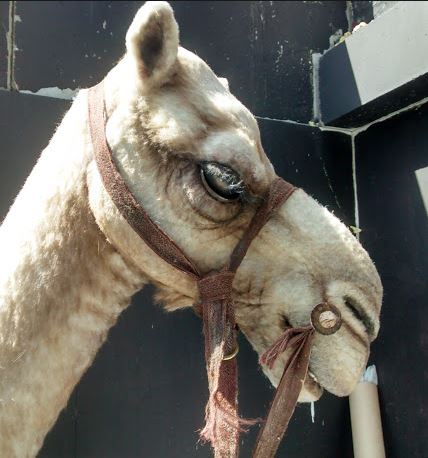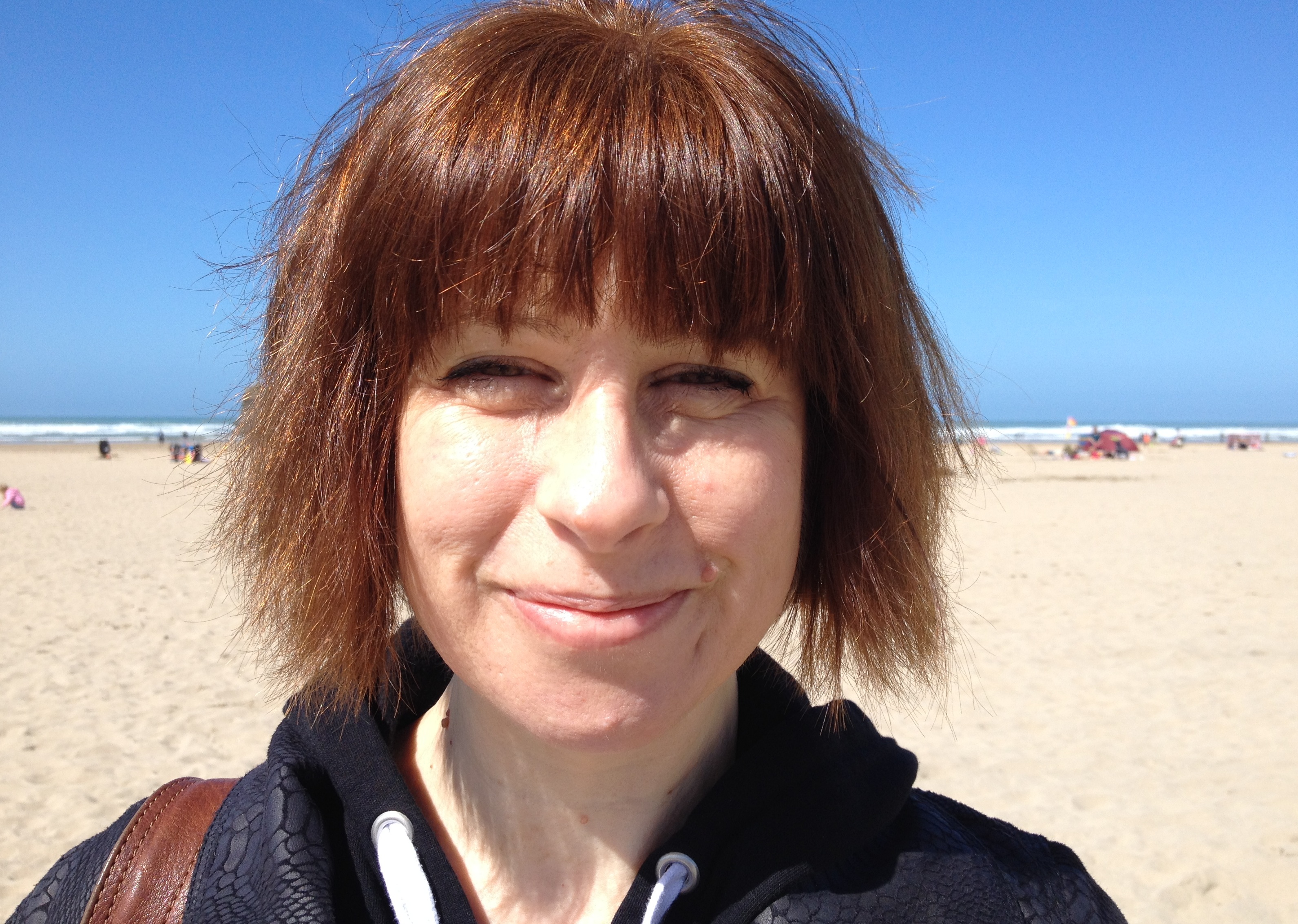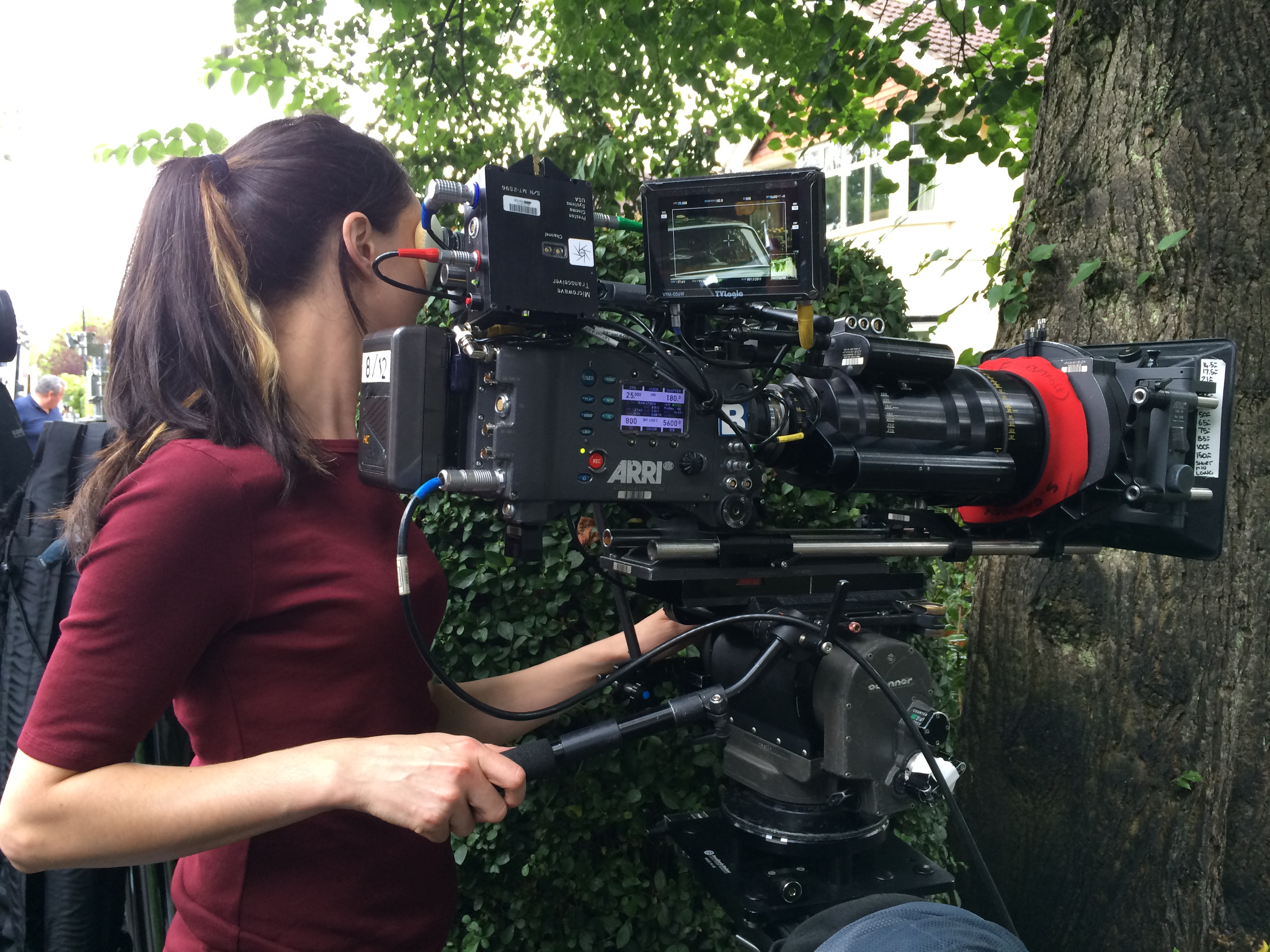ASK & DISCUSS
INDEXhow to communicate with a DP
11 years, 7 months ago - nena eskridge
I'm a first time director. Can anyone recommend books or blogs that can help educate me with regard to determining what kind of look I want for my film? And then how to communicate this vision to my DP? He's suggesting I leave it up to him (the DP). Not super comfortable with that. I'm rewatching my fave films with an eye on camera/lighting. Unfortunately, these films are Days of Heaven, Sunday in the Country, Melancholia - a look that will be difficult to emulate with my SONY F3 camera on an ultra low budget! :)
Only members can post or respond to topics. LOGIN
Not a member of SP? JOIN or FIND OUT MORE
11 years, 6 months ago - Jamie Kennerley
I understand all this Dan - I'm a DoP. It's just strange that you would need to express that so strongly. Everything is a collaboration in this business, and it isn't the DoP's job to simply light the scene. So does the DoP have ultimate control over how the scene is lit? No, of course not. No more than he or she has final choice on lens or coverage. As far as I'm concerned DoP has final choice on pretty much nothing apart from camera crew! It is the DoP's job to help the director get what they want, and often from a position that is much more experienced.
Response from 11 years, 6 months ago - Jamie Kennerley SHOW
11 years, 6 months ago - Dan Selakovich
I express it so strongly because so often beginners think that's what the DPs job is. I also express it strongly because I've worked with a couple of DPs that thought that was their job. I've worked pretty much my entire career working uncredited fixing films in trouble. I've worked with a large number of DPs. I've worked with DPs who light for their reel and not the story. I've worked with DPs who will set the camera at a height or position or lens to their liking even though they were told differently, then tell me the result is the same (see the 50mm comment of mine above). I've worked with DPs, who in pre-production work well as collaborators, but want to do something different on the day when the clock is ticking. And I'll never again work with an AFI educated DP, because for some reason they are the most arrogant, insulting, and "god's gift to filmmaking" people I have ever met. They are not collaborators in the least. And since I fix shit in trouble, I'm often stuck with the DP that came with the film, and often I wonder if they were the problem and not the director.
Having said all that, I've worked with amazing DPs who are a godsend. Who know what you are trying to achieve and help you do that. My last DP on a short I'm doing won a SOC lifetime achievement award. I've known him for more than 20 years now, and he is the first call I make on anything I do. He's a long time collaborator with John Cassevettes as well as shooting the first "Die Hard" and everything in-between. So I think I choose my collaborators extremely well when I actually have that choice.
In the end, despite what you may think, crews love me. Mostly because I can count on one hand the amount of times I've gone over an 11 hour day. But also, that I'll take a good idea from anywhere; actor, dp, PA. But what I simply can not stand is once I've made a decision, that I have to discuss it while I hold that boulder that I'm trying to push up hill.
Response from 11 years, 6 months ago - Dan Selakovich SHOW
11 years, 6 months ago - Marlom Tander
Heads up on Dan's link. Lovely - a nice intro into a techie area that I previously listed under "magic" :-)
Response from 11 years, 6 months ago - Marlom Tander SHOW
11 years, 7 months ago - Paddy Robinson-Griffin
Create a mood board (snipped out of magazines/photos you find online) of the look and feel you want, get the DP to commit to reproducing that lighting mood?
Response from 11 years, 7 months ago - Paddy Robinson-Griffin SHOW
11 years, 7 months ago - Dan Selakovich
I scoured the inter webs yesterday to find a clear example of what I was talking about in relation to gamma curves. If anyone is interested, check out this youtube video:
http://www.youtube.com/watch?v=sL_hWR60LaA
You only have to watch the first 4 minutes or so to learn about gamma information, but the DaVinci Resolve tutorial will teach you a ton about how a colorist works. Valuable info for ANY filmmaker.
Response from 11 years, 7 months ago - Dan Selakovich SHOW
11 years, 7 months ago - ANDY LEWIS
The mood board is even easier to do if you use Pinterest. You can update it and your Dop can make one too. Check he's on the right path to YOUR vision. It's your film not the DOP. (Pinterest.com) Andy.
Response from 11 years, 7 months ago - ANDY LEWIS SHOW
11 years, 7 months ago - Dan Selakovich
I agree with everyone (except the point of Suzanne's that shooting no budget during magic hour being doable. Sorry, but it just isn't). But there are a lot of issues here, the main ones being ignored, I think.
First, are you going to be asking for a look that requires a 2 ton truck of lights, when you can only afford 3 fresnels? I think it might be a good idea to look at the old masters (like Rembrandt) who very rarely used more than 3 light sources, and use those as your visual guide.
Second, you are shooting digitally. This is both good and bad. I've never used the camera, so this might not apply. But say you were shooting with a RED. This gives you the ability to adjust your gamma curve (this may or may not be true with the Sony). So if you shoot in RAW with a wide gamma curve, your stuff, on the day, will look like shit. BUT it gives the colorist the ability to massively fine tune the look, and you will end up with a better looking film in the end. I know, this makes no sense to you whatsoever, but something you need to bring up with your DP. Basically, you're recording more information (sort of) so when you do the color grading, you have more to work with. Lower end cameras try to balance their limitations, and try to give you a good balanced look out of the box, but the more you depend on the camera for that, the less control you have when doing color grading. But if you do it the wide gamma curve way, your color grading will take longer. Something to think about.
You're letting you DP choose angles and lenses? Yikes. I've worked with a DP I like and trust, and actually do leave the lighting up to him, so that's not necessarily a bad thing. But more often than not, I've worked with DPs that are lighting for their reel, and not the story. But one thing I never do is let the DP choose the lenses, the angle, the camera height, or the coverage. I can't tell you how many operators or DPs I've worked with that don't fucking understand the basics of camera height. That said, you have to do me this one favor: don't Paul Greengrass this thing. Use sticks, get as much coverage as you can.
Response from 11 years, 7 months ago - Dan Selakovich SHOW
11 years, 7 months ago - nena eskridge
Andy, Deva, Suzanne thanks! Suzanne you make it sound doable, developing an interesting look with the Sony camera. I do wonder however if my screenplay/story will work well with the styles discussed. I haven't mentioned this to my DP - as you suggest, I want to be firm with my vision before we have too many more in depth talks. As many times as I've seen the above films I never could've analyzed and dissected the visuals as you did. I have 3 months before we begin production. Can you recommend a book or blog that might help educate me regarding aesthetics and mood rather than angels and lenses? For that I do trust my DP. My story is very very dark, I'm wondering if the opposite mood, cinematically speaking, might be interesting. Anyway, I'd love to find a blog where I might exchange ideas with other first time directors who struggle with these issues. In any event, Thanks again.
Response from 11 years, 7 months ago - nena eskridge SHOW
11 years, 7 months ago - Deva Palmier
I agree Andy and Paddy. I think its really important that you take charge.
I would go round the locations with a stills camera - a bog standard one will do - and take photos. Experiment with different angles, expansive shots and small details that you want in your film. And keep building on these ideas.
As you develop the style it would be good to copy in the DOP, see what she or he thinks, so that when you shoot you are on the same tracks. That will make it a quicker and more enjoyable shoot.
I would also take a look at this really cheap plotting tool, SHOT DESIGNER - that I originally saw on Shooting people - and then you can put those shots from the location into your shot list.
http://www.hollywoodcamerawork.us/sd_index.html
Always good to be able to point to a picture or call out a shot number, when you are hard at it on a shoot and your crew want to know what the next shot is. The better planned you are, the better the shoot.
Good Luck!!!
Response from 11 years, 7 months ago - Deva Palmier SHOW
11 years, 6 months ago - Jamie Kennerley
"But one thing I never do is let the DP choose the lenses, the angle, the camera height, or the coverage."
Did you really just say that?! You choose your collaborators pretty badly in that case Dan. What exactly do you think the DoP is there for? Obviously not their experience or storytelling ability.
Response from 11 years, 6 months ago - Jamie Kennerley SHOW
11 years, 6 months ago - Dan Selakovich
Yes, I just said that. That's the director's job. The DP lights the scene. Think of it this way: a shot will look different if you use a 28mm rather than a 50mm with the camera back further. Each of those lenses says something about story, character, and emotional impact. That's the director's job. Look at any Polanski film, for example. You can tell it's Polanski without knowing he directed it. If he let the DP pick all of those aspects, everyone of his films would have a different look.
You can discuss all of these things with the DP, but it is the director's ultimate choice.
Response from 11 years, 6 months ago - Dan Selakovich SHOW
11 years, 7 months ago - Suzanne Smith
Yes a mood board is the best way to communicate and get on the same wavelength. You need to work with a DP who will work hard to get the look you want, so I'd suggest you make a mood board and have a long meeting to make sure you are in agreement, and they have explained how they will achieve this look and that you are satisfied you will get the right results.
Obviously when working with no budget it is often about compromise, but being a DOP is about being a "yes" person who offers up solutions to any challenge. I've taken a look at the movies you mentioned, and there is a video on the making of "Days of Heavan" you might find interesting; http://www.youtube.com/watch?v=X4SmYoVj9Po
This film is all abut shooting during magic hour, which is absolutely achievable on limited budget as long as you plan it carefully, so get a good AD involved. It's shot on film -predominately on sticks- and there are lots of long dolly shots. Dolly shots take time and are very very expensive to get.
Melancholia (released 2011?) looks like it is all shot handheld, even the GV's. The static shots are the CGI shots so this could have been a technique employed to give the viewer a sense of what is reality and what is not. It's very easy to shoot handheld on F3, just make sure you have a confident focus puller. The only effects you can't achieve on this excellent camera are the slow motion shots, as it can't do super slow motion.
If you point out the aspects of these films that you want to emulate, then you're DP should get a good sense of what you want. Remember you must be firm, because if he's not getting it now then it's not going to be any better when you're in the middle of the shoot and under pressure. You must be happy working with each other. Some directors give more flexibility to the DP, and others are more comfortable being more in control, there's no right or wrong way, it's just about working well together.
All the best and good luck! :)
Response from 11 years, 7 months ago - Suzanne Smith SHOW
11 years, 6 months ago - nena eskridge
clearly a murky subject. i had a serious, assertive discussion with my DP about my vision using all methods suggested here, and he quit. sounds more dramatic than it was, I lured him back in. fortunately he's a friend and he helped me recognize where I went wrong with my approach. I pretty much took his job away - each DP/Producer having a different idea of what their job is. I found out pretty quickly that I had no idea what I was talking about. The demands I was making were bad ones and just plain stupid. So I did what every director should do... DUH... I bought a book, bought Artemis app, and reopened discussion with my DP... he recommended movies we will watch together. I'm learning about lenses, filters, and focal length! All things I need to know BEFORE trying to figure out camera set-ups. For me the key was having the right DP. He's patient and a terrific teacher. Not every director will have this luxury. Still, you have to educate yourself a bit before charging into the role as director. it's a little more complicated than yelling action and cut. who knew!?
Response from 11 years, 6 months ago - nena eskridge SHOW
Response from 11 years, 7 months ago - nena eskridge SHOW






